Tough 32 1-2-2 Zone Defense Hard To Handle
THIS STIFLING 1-2-2 zone defense which we call the “32 can give even good zone offensive teams a hard time. The zone takes advantage of offensive teams that are stronger in the paint than on the perimeter and really helps an undersized defensive team that is made up of more guards than dominant post players.
What makes the 32″ zone tougher than the average 1-2-2 zone defense is the placement of the top defender in the zone when the ball is brought down to the corners of the floor. With a concept similar but not identical to the Amoeba defense the point player will slide down through the paint to protect the lane where he will two-thirds front the post players on offense.
Defender Responsibilities
The following are the defensive responsibilities for the point guard wing and post players.Point Guard (X1)
Must match up with the offensive point player at the top of the key and not allow him or her to cut down to the high post (vs a two-guard front he or she needs to take the near guard).
Does not defend a dribbler going to the wing or corner.
After the ball has moved to either side of the floor X1 slides to protect the middle of the paint and is called upon to help defend the opposing post players.
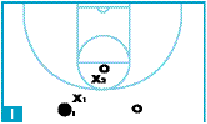
DIAGRAM 1: X1 Vs. Two-Guard Front.
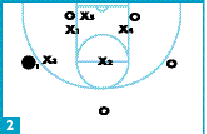
DIAGRAM 2: X1 Sliding To Help Defend Post. X1 always fronts post players on the ball side.
Wing Players (X2 X3)
The wing defenders are responsible for the first perimeter players left or right of X1.
When the ball is at the top of the key both players must have their arms up and moving with at least one foot in the paint.
Must deny the pass to the high post where the higher-percentage shots come from and encourage the offense to settle for lower-percentage shots.
If an offensive player dribbles to the corner of the court the wing defender must guard him or her until a switch is made with the post defender. If this offensive wing player passes to the center the wing defender may look to steal or deny passes back to the wing or drop to protect the point.
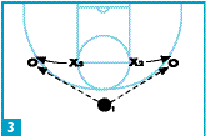
DIAGRAM 3: Wings are responsible for defending the player with the ball as soon as one side is chosen by the opposing point guard.

DIAGRAM 4: The wing defender must stay with his or her assigned opponent to the corner if he or she dribbles the ball down until a switch is made with the post defender.
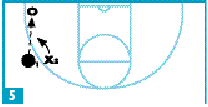
DIAGRAM 5: The wing defender denies the reversal after the ball is passed into the corner.
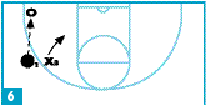
DIAGRAM 6: Wing can also drop to support after pass to corner.
Post Player (X4 and X5)
When the ball is at the top of the key both players must have at least one foot in the paint and be half fronting the low-post players.
When the ball is passed to the corner X5 must take the players who receives the ball. Meanwhile X4 rushes to defend the ball-side low post from behind or a quarter front with X1.
If a low-post player flashes to the high-post area X4 and X5 can’t go with him or her past the middle of the lane. X4 and X5 must communicate to the guards that they have a post player who is flashing up through the paint thereby making that player the guard’s responsibility.
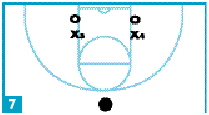
DIAGRAM 7: Post defenders use a one-half front with one foot in the paint when the ball is on top.
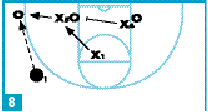
DIAGRAM 8: When the ball is passed into the corner all defensive players must adjust.
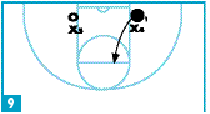
DIAGRAM 9: Post defenders must verbally warn guards when an offensive post player flashes high


